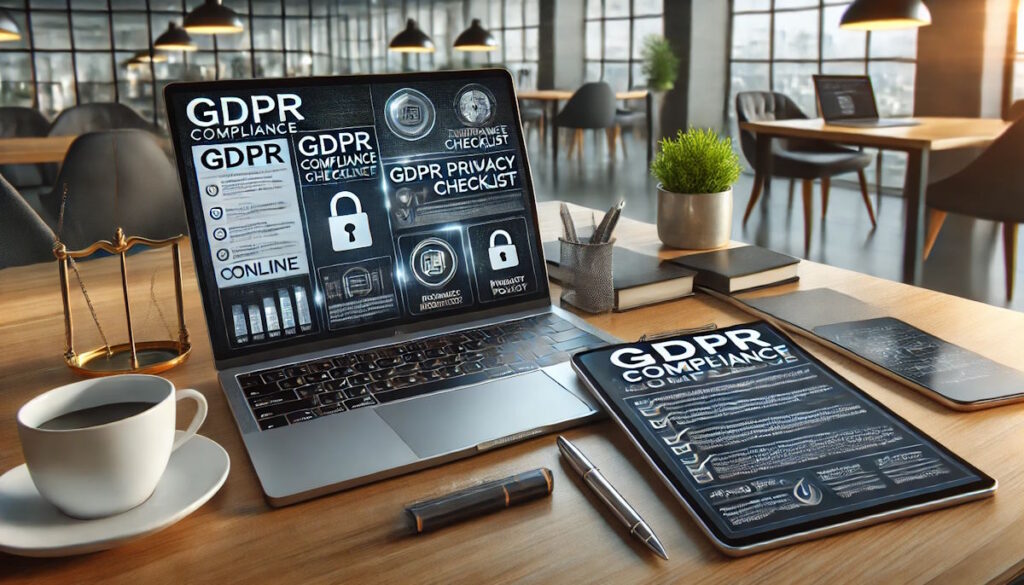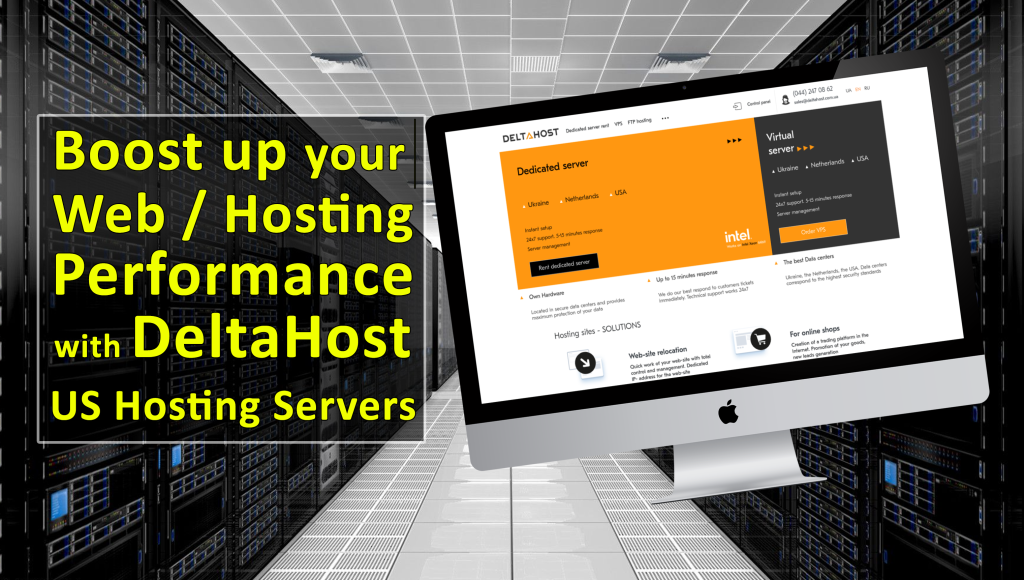The General Data Protection Regulation (GDPR) is a comprehensive data protection law enacted by the European Union (EU) in May 2018. It aims to safeguard the privacy and personal data of EU citizens by imposing strict rules on how organizations collect, store, and process such information. GDPR is crucial for protecting individuals’ data rights and ensuring transparency and accountability in data handling practices. For example, a report by DLA Piper in January 2024 revealed that since its implementation, a total of EUR 1.78 billion in fines issued since January 2023
Introduction to GDPR Compliance Information Generators
Achieving compliance with the GDPR can be difficult and time-consuming as organizations are compelled to come up with several kinds of documents, policy and procedures which are often detailed. This process can be made easier by using online GDPR info generator which utilize automated processes for producing most of the necessary compliance documents hence shortening the process thereby making it more efficient in meeting all the regulatory demands. Companies like OneTrust, TrustArc, and Termly have become popular choices for businesses seeking to streamline their GDPR compliance.
The main aim of this article is to offer you a complete guide that can enable you utilize well information generators for online data protection regulations compliance. It will explain what GDPR represents, discuss the qualities of these devices plus their advantages and finally take you through setting up one as well as using it so that your company will not fall out of compliance.
What is GDPR?
GDPR stands for General Data Protection Regulation which is a legal framework providing guidelines on how personal data should be collected and processed by natural persons within the European Union (EU). It is an applicable law for all entities within the EU and those outside the region but offer items or services to individuals in it.This regulation affects more than 500 million individuals in Europe.
Key Requirements of GDPR for Businesses
- Lawful Basis for Data Processing: Businesses must have a legitimate reason for collecting and processing personal data.
- Consent: Obtaining clear and explicit consent from individuals before collecting their data.
- Data Subject Rights: Ensuring individuals have rights to access, rectify, erase, and restrict the processing of their data.
- Data Protection by Design and by Default: Implementing data protection measures from the outset of any project.
- Data Breach Notifications: Reporting data breaches to supervisory authorities and affected individuals within 72 hours.
- Accountability and Record-Keeping: Maintaining detailed records of data processing activities and demonstrating compliance with GDPR.
Consequences of Non-Compliance
As per Regulation (EU) 2016/679, Non-compliance with GDPR can result in severe penalties, including fines of up to €20 million or 4% of the company’s global annual turnover, whichever is higher. For example, in 2019, British Airways was fined £183 million for a data breach that compromised the personal information of approximately 500,000 customers. Beyond financial penalties, businesses may suffer reputational damage and loss of customer trust, leading to long-term negative impacts. In another case, Google faced a €50 million fine in 2019 for lack of transparency and valid consent regarding ad personalization.
How Online GDPR Compliance Information Generator Works?
A web-based / online GDPR compliance information generation, i.e. NETY.pl’s GDPR Info Generator is designed to make it easier for enterprises to generate the GDPR-compliant documents they need through automation. Most of these tools have templates and step-by-step guides for drafting privacy policies, data processing agreements, and other relevant documents that are customized for the individual needs of a company.
Common Features and Functionalities
- Document Templates: Pre-built templates for privacy policies, cookie consent banners, and data processing agreements.
- Customization Options: Ability to tailor documents to specific business practices and legal requirements.
- Guided Workflows: Step-by-step instructions to ensure all necessary information is included.
- Regular Updates: Automatic updates to reflect changes in GDPR regulations.
- Compliance Checks: Tools to verify that generated documents meet GDPR standards.
Benefits of Using an Online Generator
- Time-Saving: Automates the creation of complex documents, reducing the time and effort required. For instance, a small e-commerce company was able to generate all necessary GDPR documents in just a few hours using a compliance generator, rather than spending weeks drafting them manually.
- Accuracy: Ensures documents are accurate and up-to-date with the latest GDPR regulations.
- Cost-Effective: More affordable than hiring legal professionals to draft documents from scratch. A startup reported saving thousands of euros by using an online GDPR generator instead of hiring a lawyer.
- Ease of Use: User-friendly interfaces make it accessible for businesses of all sizes. For example, a tech startup with limited legal resources was able to navigate GDPR compliance seamlessly using an online GDPR info generator.
Step-by-Step Guide to Using an Online GDPR Compliance Information Generator
1. Setting Up Your Account
(i) Creating an Account
Visit the website of your chosen GDPR compliance generator and sign up for an account. Provide basic information such as your name, email address, and company details. For example, a marketing agency used a popular GDPR generator and found the sign-up process straightforward, with clear instructions and minimal hassle.
(ii) Verifying Your Email
After registering, you will receive a verification email. Click the verification link to activate your account.
2. Entering Basic Information
(i) Company Details
Enter detailed information about your company, including name, address, and industry. This information will be used to tailor the generated documents to your specific business needs. A software development firm found that the tailored templates provided by their chosen GDPR generator significantly reduced the time needed to create comprehensive policies.
(ii) Data Protection Officer (DPO) Contact Information
If your business is required to appoint a Data Protection Officer, enter their contact details. The DPO is responsible for overseeing data protection strategies and ensuring compliance with GDPR.
(iii) Types of Data Processed
Specify the types of personal data your business collects and processes. This may include customer names, email addresses, payment information, and other sensitive data. An online retailer noted that listing the types of data processed helped them identify areas where additional safeguards were necessary.
3. Customizing Your GDPR Documents
- Privacy Policies: Use the generator to create a customized privacy policy that outlines how your business collects, uses, and protects personal data. Ensure it includes all required elements, such as the purpose of data processing, data subject rights, and contact information.
- Data Processing Agreements: Generate data processing agreements (DPAs) to formalize arrangements with third-party processors who handle personal data on your behalf. DPAs should specify the responsibilities of each party and include GDPR-mandatory clauses. For instance, a health tech company used a generator to draft DPAs for their third-party data processors, ensuring compliance without extensive legal fees.
- Cookie Consent Banners: Create cookie consent banners to inform website visitors about the use of cookies and obtain their consent before placing cookies on their devices. Customize the banner’s appearance and wording to align with your brand. A travel booking website successfully integrated a cookie consent banner generated by their GDPR tool, leading to a clear increase in transparency and user trust.
4. Reviewing and Editing the Generated Documents
- Checking for Accuracy: Review the generated documents to ensure all information is accurate and complete. Double-check company details, data processing activities, and legal references.
- Making Necessary Adjustments: Edit the documents as needed to address any inaccuracies or omissions. Customize the language to match your business tone and style.
- Legal Review and Compliance Checks: Consider having a legal professional review the documents to ensure full compliance with GDPR. Use any built-in compliance checks offered by the generator to identify potential issues.
5. Implementing the Generated Documents
(i) Integrating Privacy Policies into Your Website
Publish the customized privacy policy on your website, ensuring it is easily accessible to visitors. Update any existing privacy statements to reflect the new policy. A digital marketing firm integrated their new privacy policy into their website seamlessly, leading to positive feedback from clients about the improved clarity on data usage.
(ii) Communicating with Employees and Stakeholders
Inform your employees and stakeholders about the new GDPR-compliant documents. Provide training on the importance of data protection and how to adhere to the new policies. A financial services company conducted workshops to educate employees about GDPR, resulting in a significant reduction in data handling errors.
(iii) Regular Updates and Reviews
Regularly review and update the generated documents to reflect changes in your business practices or GDPR regulations. Conduct periodic compliance audits to ensure ongoing adherence. For example, the company IBM frequently updates its data protection policies to stay aligned with GDPR and other global privacy regulations.
Tips for Effective Use of GDPR Compliance Generators
- Regularly Update Your Information: Ensure that all information entered into the generator is kept up-to-date. Regularly review and revise documents to reflect any changes in your data processing activities or legal requirements.
- Monitor Changes in GDPR Regulations: Stay informed about updates to GDPR and other relevant data protection laws. Make necessary adjustments to your compliance documents as regulations evolve.
- Seek Legal Advice When Necessary: While online generators are helpful, they may not cover all specific legal nuances. Consult with a legal professional for complex issues or to verify the accuracy of your compliance documents. For instance, the law firm Baker McKenzie often advises businesses to complement automated tools with professional legal guidance.
Common Pitfalls and How to Avoid Them
- Over-Reliance on Automated Tools: Do not rely solely on automated tools for GDPR compliance. Complement the generated documents with a thorough understanding of GDPR requirements and best practices.
- Ignoring Regional Data Protection Requirements: Be aware that GDPR compliance generators may not account for regional variations in data protection laws. Ensure that your documents also comply with any additional local regulations. For instance, California’s Consumer Privacy Act (CCPA) has specific requirements that might not be covered by a standard GDPR generator.
- Failing to Educate Staff on GDPR Compliance: Educate your employees about GDPR and their roles in maintaining compliance. Regular training sessions and updates can help prevent data breaches and ensure adherence to policies. Companies like Microsoft regularly conduct GDPR training sessions to ensure staff compliance.
Conclusion
In the final thoughts, I would emphasize that the online GDPR compliance generators offer a streamlined, efficient way to create and maintain essential compliance documents. They save time, reduce costs, and enhance accuracy, making GDPR compliance more accessible for businesses of all sizes. Proactive GDPR compliance is essential for protecting your business and customers. Utilize online tools to simplify the process and ensure ongoing adherence to data protection regulations.
In conclusion, GDPR compliance is an ongoing process that requires continuous attention and updates. Stay informed about regulatory changes, regularly review your documents, and seek professional advice when needed to maintain compliance and protect personal data effectively.




